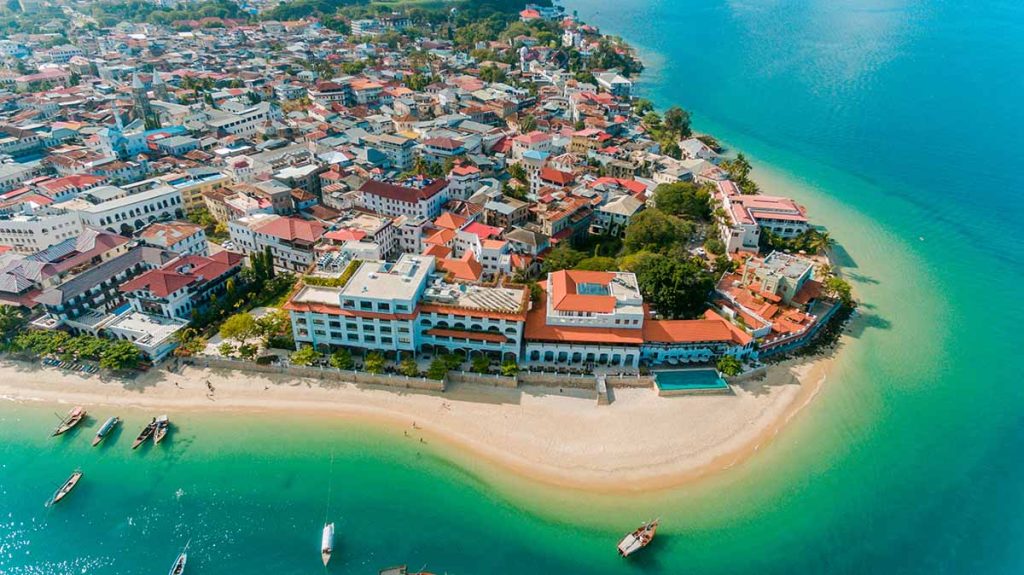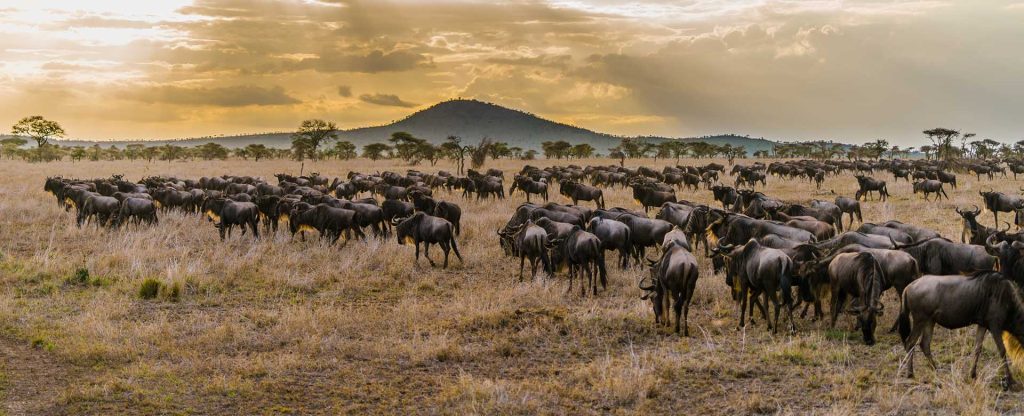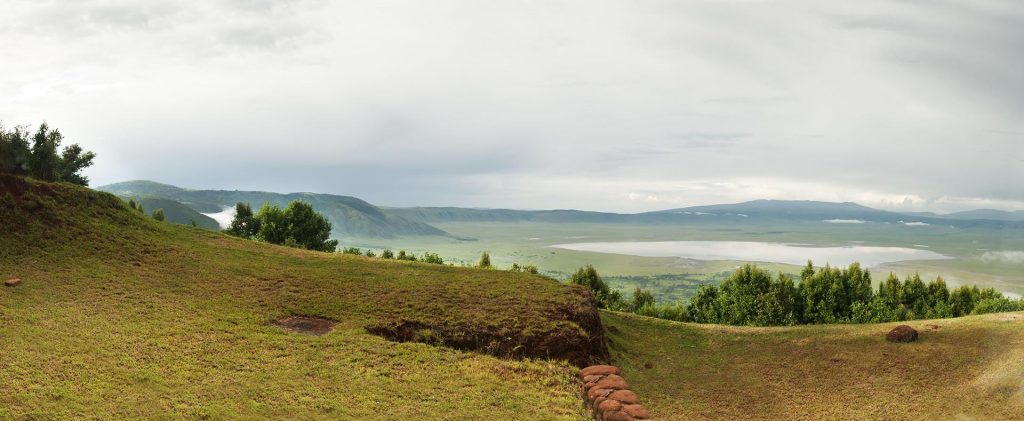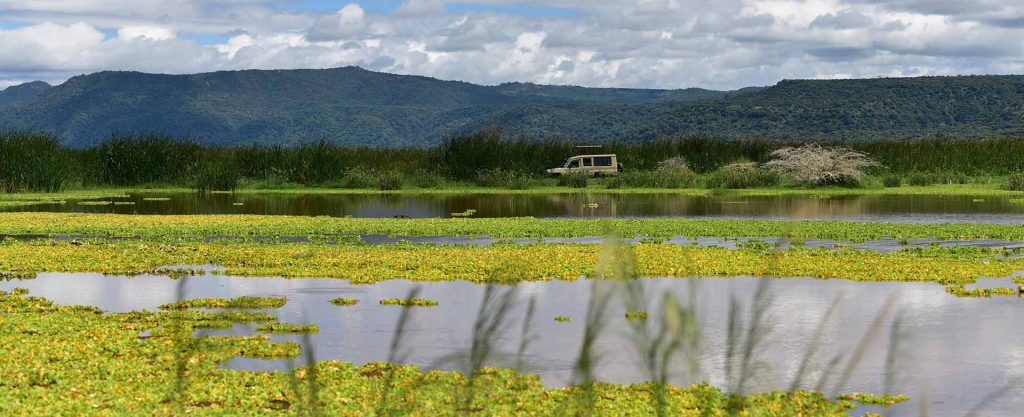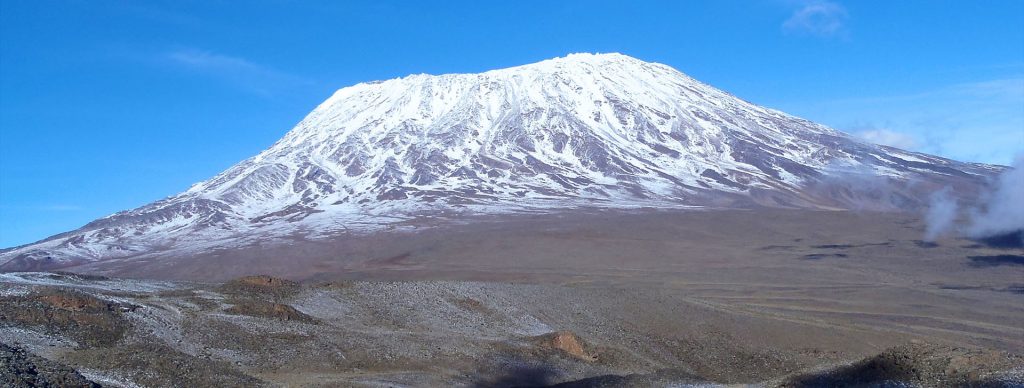Tanzania Top Destinations
Nyerere National Park (former Selous GR)
Discover the untamed beauty of the Nyerere National Park in Tanzania’s southern wilderness. Just a short flight from Dar es Salaam, this remote and expansive reserve offers a range of exclusive safari experiences, whether you prefer exploring on foot, by boat, or in a vehicle. Stretching 150km into Mozambique, Nyerere is the largest protected wildlife area in Africa and a must-visit destination on Tanzania’s southern safari circuit.
The Rufiji River meanders through the reserve, attracting impressive herds of elephants and providing an opportunity for visitors to explore the reserve by boat. Known for its tranquil atmosphere and abundant water sources, former Selous Game Reserve is home to Africa’s largest populations of elephants and wild dogs. For the ultimate safari experience, plan your visit between July and October, when the dry season prevails and wildlife congregates around the water sources, offering incredible game-viewing opportunities.
By road:
It takes approximately 6 to 8 hours to travel from Dar es Salaam to Mloka via Kibiti, continuing on to the Rufiji River. One option is to embark on a road trip from Dar es Salaam, following a typical circuit route that includes a visit to Mikumi National Park and entering through the Matambwe gate. Another route is a 4 to 5-hour journey by road from Morogoro to Kisaki and then Selous. Traveling from Morogoro offers a wonderful experience, allowing visitors to drive through the town and witness the picturesque backdrop of the Ulugulu mountains. As you venture out of Morogoro, you will have the opportunity to observe the rural villages and witness the daily lives and work of the Tanzanian people. Additionally, a road from Morogoro can lead you to the breathtaking Sable Mountain Lodge and the scenic Uluguru mountains in the distance. Opting for the access road from Dar es Salaam provides an enjoyable trip with stunning views of the Tanzanian countryside, featuring tall palm trees and lush grasslands in hilly areas. This serves as an alternative route to Selous through Morogoro.By Air:
There are daily light aircraft flights from Dar and Ruaha – taking about 45 minutes from Dar, and about 90 minutes from Ruaha. Guests will connect with a road transfer for the last leg from the airstrip to their lodge.Nyerere national park boasts the highest population of elephants among all the protected wildlife areas in the country. This reserve offers a diverse range of landscapes, including hot volcanic springs, dense thickets, and open wooded grasslands. This variety of environments provides a habitat for a wide array of game species, including buffalo, gnu, hartebeest, Greater Kudu, sable antelope, warthog, zebras, giraffe, and wildebeest.
Additionally, the reserve is home to lions, hippos, spotted hyenas, black rhinos, hunting dogs, rhinos, and cheetahs, which are occasionally spotted. Furthermore, the reserve boasts over 350 species of birds and reptiles such as crocodiles, snakes, and lizards. Visitors are allowed to go on guided walks in the reserve, accompanied by armed rangers. Nyerere is renowned for its exclusivity in Tanzania, offering privacy and seclusion away from the crowds typically associated with more popular parks like Ngorongoro and Serengeti.
The best time for game viewing is during the dry season from June to November. However, the rainy season from January to April provides excellent opportunities for bird watching, although some roads may become impassable after heavy rainfall. It’s worth noting that lodges in the reserve close between March and May.
The primary rainy season, referred to as the ‘long rains’, occurs from March to May. During this period, afternoon downpours are common, particularly along the coast and on the islands, and they tend to be heavier and more predictable. The humidity levels are high, and the daily temperatures typically reach the low to mid-30s (degrees Celsius).
From June to October, Tanzania experiences the long dry season, characterized by minimal rainfall. The temperatures vary significantly depending on the altitude and location, but generally, the weather is sunny with clear skies.
In November and December, there is another rainy season known as the ‘short rains’. However, these rains are much lighter compared to the long rains and are less reliable. If there has been rainfall during the short rains, it usually dries up for a few months in January and February, which marks Tanzania’s ‘short dry season’, before the rain returns in full force in March.

